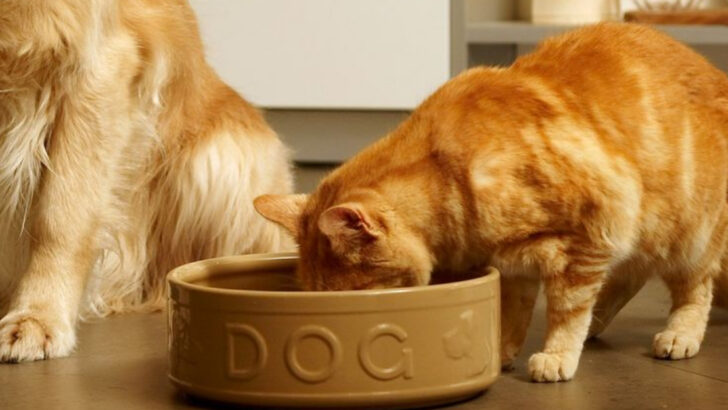You love your pets—so much that you decided to add more to the family. But did you know your multi-pet home might be secretly stressing out your furry friends?
Sure, it’s all fun and games when they’re playing together, but behind those wagging tails and purring moments, there’s a darker side to the chaos. From territorial issues to jealousy and even health risks, more pets can sometimes mean more problems.
It’s time to face the truth: Your home could be unintentionally causing tension, anxiety, or worse, in your beloved animals. Managing a multi-pet household isn’t just about adding more food bowls and toys—it’s about understanding the subtle signs of stress, dominance, and unhealthy behavior.
So, before you add another furball to the mix, take a moment to consider how the dynamic is truly affecting your current pets. They might be telling you more than you think.
Territorial Disputes
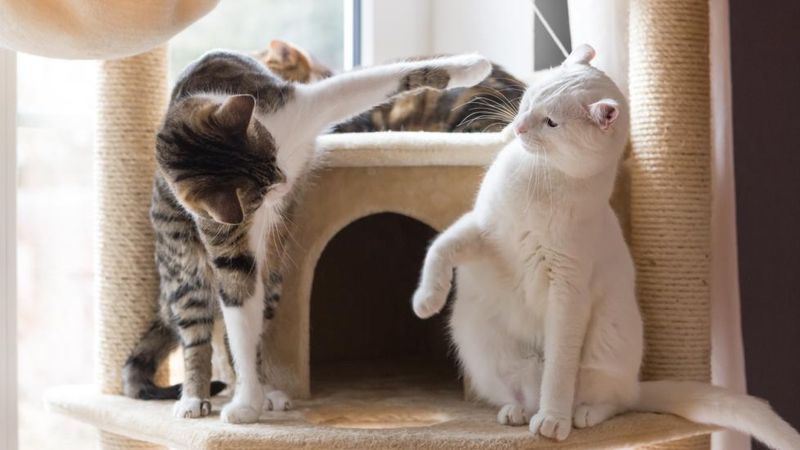
In a bustling multi-pet household, territorial disputes can arise. Cats may hiss and swat, dogs might growl, each staking claim over their favorite spots. Such conflicts can escalate, causing stress and anxiety.
Imagine a serene living room suddenly echoing with the sounds of a feline face-off or a canine clash. These territorial struggles can lead to injuries or behavioral issues.
To mitigate this, provide separate spaces for each pet, ensuring they have their own cozy nooks and resources. Peaceful coexistence is possible with thoughtful planning and observation.
Nutritional Imbalance
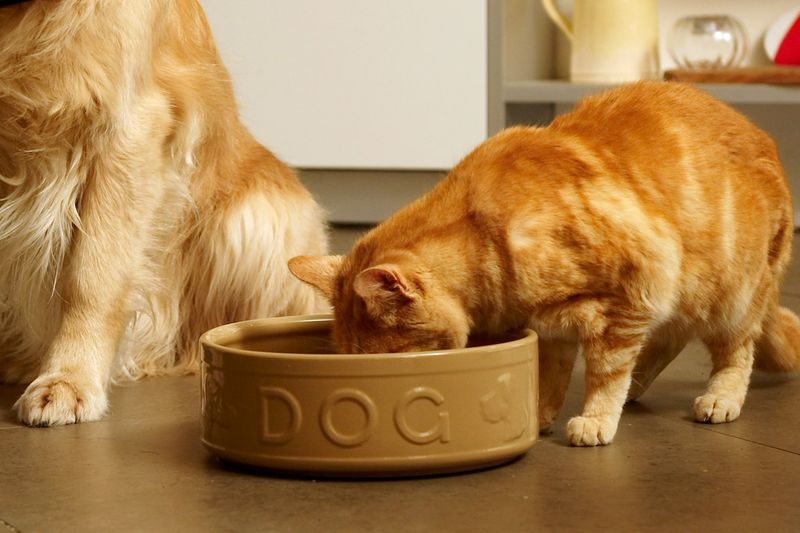
Feeding time in a multi-pet home can be chaotic. Picture a cat nibbling from a dog’s bowl or a rabbit snacking on cat kibble. Such scenarios can lead to nutritional imbalances.
Pets have specific dietary needs, and mixing their meals may not provide the right nutrients. Over time, this could result in health problems like obesity or deficiencies.
To maintain optimal health, it’s crucial to monitor what each pet eats. Separate feeding areas and consistent supervision can ensure that every furry friend gets the diet tailored to their needs.
Inadequate Exercise
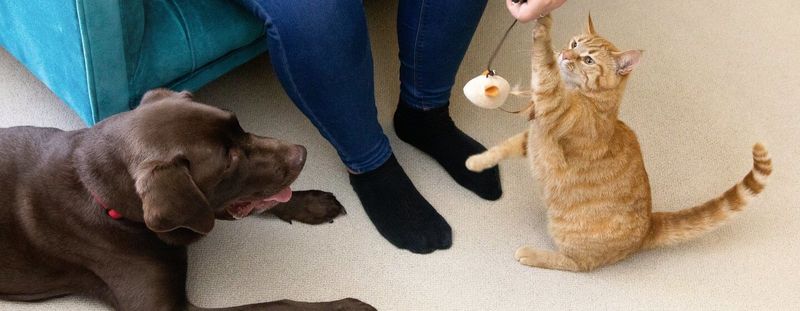
In a multi-pet home, ensuring everyone gets enough exercise can be a juggling act. Consider a dog longing for a run while a cat finds solace in climbing trees.
Lack of adequate exercise can lead to obesity, boredom, and behavioral issues. For instance, dogs may become destructive, while cats might withdraw.
Creating a balanced exercise schedule is vital. Engage each pet in activities that suit their nature, be it walks, playtime, or interactive toys. This approach not only enhances physical health but also strengthens the bond with your pets.
Spread of Illness
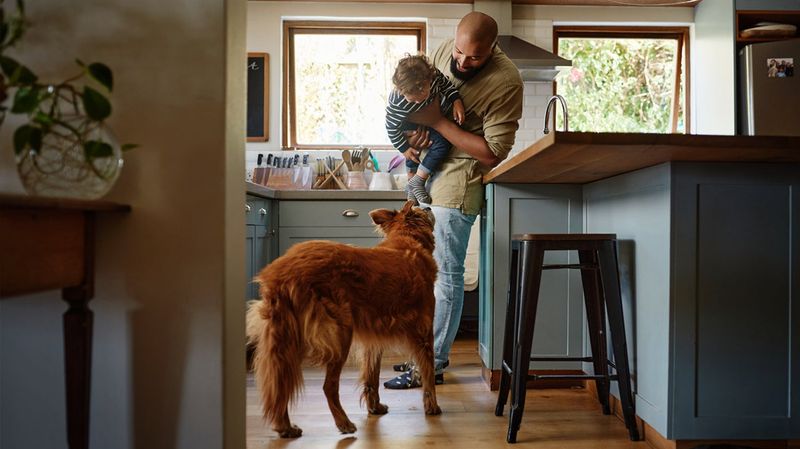
Germs can travel quickly in a multi-pet environment. Visualize one dog sneezing and spreading germs, or a cat catching a cold from its canine companion.
In such close quarters, illnesses like respiratory infections or fleas can spread rapidly. Without prompt intervention, all pets might end up at the vet.
Regular veterinary check-ups and vaccinations are key to preventing the spread of diseases. Maintaining a clean living space and isolating sick animals until recovery are effective strategies to keep everyone healthy.
Resource Guarding

Resource guarding is a common issue in homes with multiple pets. Envision a dog fiercely guarding its favorite toy while another pet watches longingly.
This behavior can lead to squabbles and tension. Pets may become possessive over food, toys, or even their human companions.
To prevent conflicts, provide plenty of resources. Ensure each pet has its own toys, feeding bowls, and personal space. Training can also help manage this behavior by teaching pets to share or take turns.
Stress and Anxiety
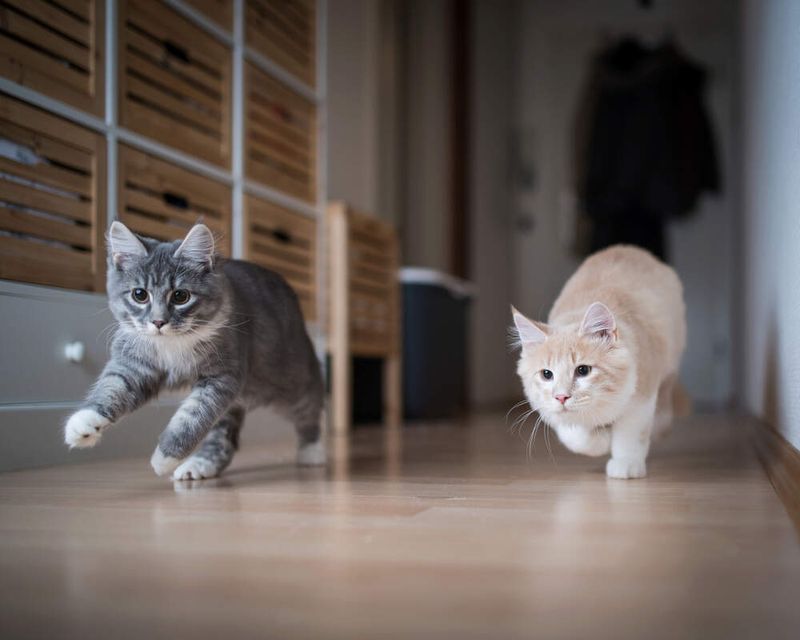
Living with multiple pets can sometimes heighten stress levels. Picture a dog seeking refuge under a bed or a cat hiding atop a shelf.
Such behaviors indicate anxiety, often due to changes in the environment or conflicts with other pets. Over time, stress can impact their mental and physical health.
To alleviate anxiety, create a calm and predictable environment. Consistent routines, familiar scents, and designated quiet zones can help. Understanding each pet’s triggers and providing comfort can foster a more harmonious household.
Inter-Species Conflicts
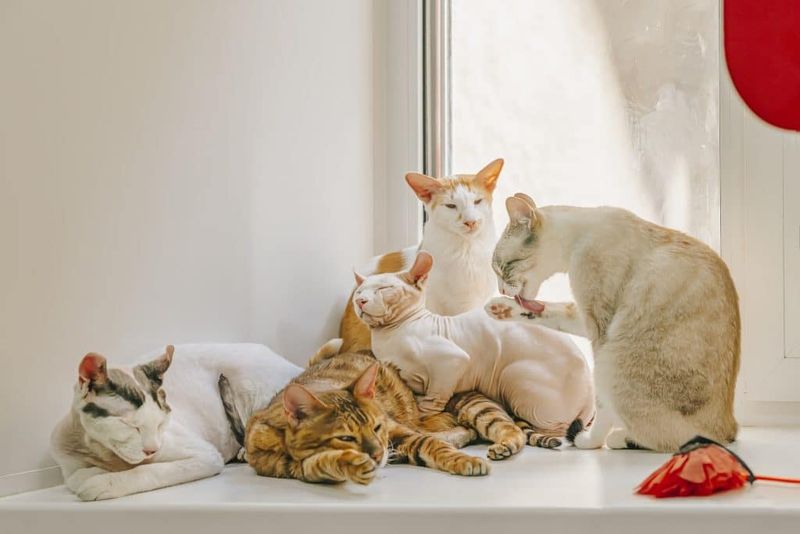
Inter-species dynamics add complexity to multi-pet homes. Imagine a dog barking at a cat perched on a fence or a rabbit staying vigilant around larger pets.
Such interactions can lead to misunderstandings or even aggression. Pets have different communication styles, which can cause tension.
Understanding each species’ behavior and creating safe interaction opportunities is essential. Supervised play and gradual introductions can minimize conflicts. Respecting each pet’s comfort level with others fosters trust and a peaceful cohabitation.
Overpopulation Concerns
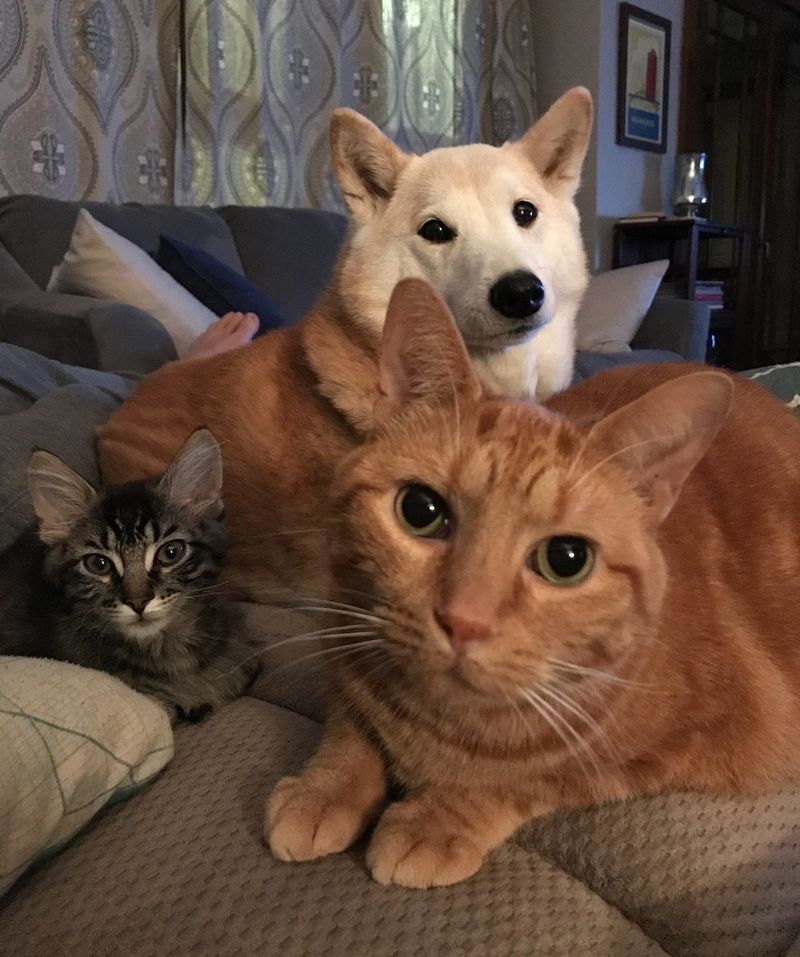
Managing a large number of pets can lead to overpopulation concerns. Visualize a living room bustling with dogs, cats, and small mammals, all vying for attention.
Overcrowding can result in limited resources and increased stress. Pets may struggle for food, space, and affection.
Responsible pet ownership involves understanding limits. Providing ample space and resources, along with considering adoption or rescue options, ensures every pet thrives. Balancing affection and care across all pets is crucial in a multi-pet home.
Inconsistent Training
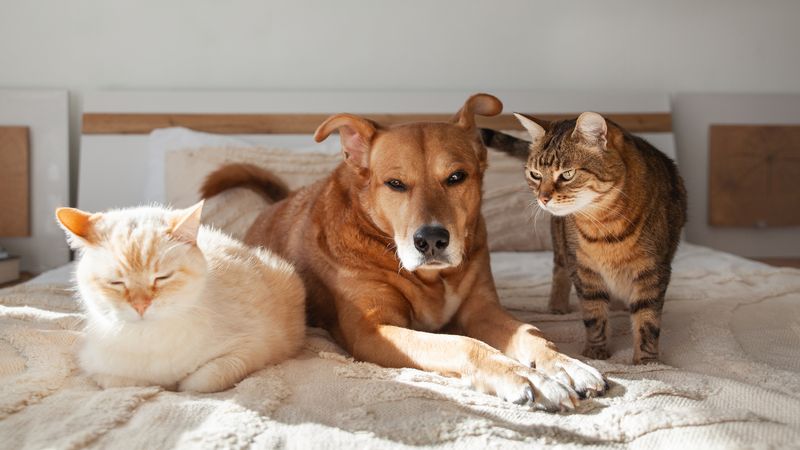
Training pets in a multi-pet household can be inconsistent. Imagine one dog fetching a ball while another digs holes, and a cat refusing to respond to commands.
Inconsistency in training can lead to confusion and behavioral issues. Pets might not understand boundaries or expectations.
Establishing a consistent training regimen is key. Using positive reinforcement and clear commands helps pets learn and adapt. Individual training sessions tailored to each pet’s needs can improve behavior and create harmony.
Allergies and Sensitivities
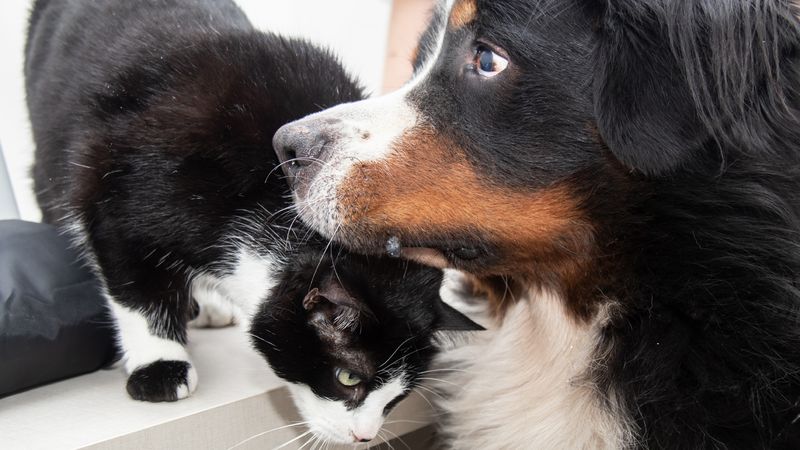
Allergies can be troublesome in a multi-pet home. Picture a sneezing person surrounded by pets, or a dog constantly scratching.
Pets can be allergic to each other or to elements in their environment. Likewise, humans might develop sensitivities to pet dander.
Identifying allergens and managing exposure is crucial. Regular grooming, vacuuming, and air purifiers can help reduce allergens. Consulting with a vet for allergy management ensures pets and humans coexist comfortably.
Destructive Behavior

Multi-pet homes can witness destructive behavior. Visualize a dog with a guilty look beside a shredded couch, or a cat clawing at curtains.
Such behavior often stems from boredom or anxiety. Pets may destroy furniture or other items as an outlet for their energy or stress.
Providing mental and physical stimulation is key to preventing destruction. Interactive toys, puzzle feeders, and regular playtime can divert energy. Understanding triggers and fostering a stimulating environment curbs destructive tendencies.
Limited Individual Attention
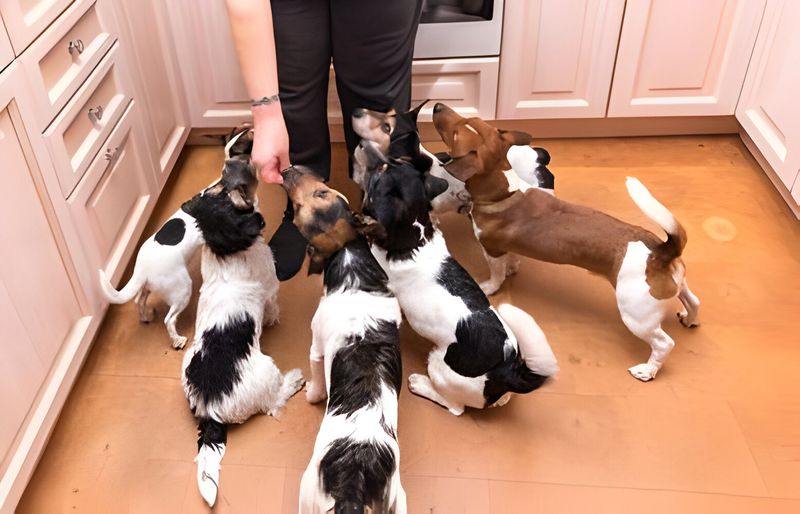
In homes with multiple pets, individual attention can be scarce. Picture a dog enjoying pats while a cat waits its turn and a bird chirps for notice.
Lack of personal time can affect pets emotionally. They may feel neglected or act out for attention.
Balancing time and affection among all pets is essential. Designating specific playtimes and one-on-one interactions ensures each pet feels valued and loved. This approach strengthens bonds and enhances well-being.
Sanitation Challenges

Sanitation is a significant aspect of multi-pet homes. Picture a kitchen scattered with pet food bowls, a litter box overdue for cleaning, and pet hair accumulating.
Poor sanitation can lead to health issues for pets and humans. Bacteria, parasites, and allergens thrive in unclean settings.
Maintaining cleanliness is crucial. Regular cleaning of feeding areas, litter boxes, and habitats prevents disease spread. Using pet-safe cleaning products ensures a healthy environment for all.
Noise Disturbance
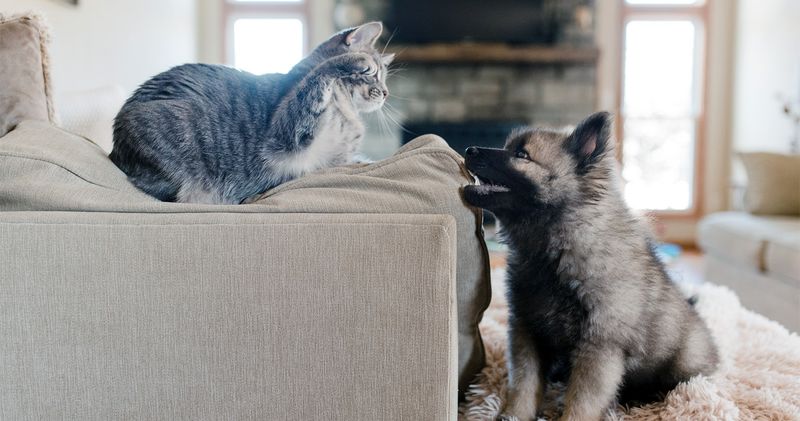
Noise is a common issue in multi-pet homes. Imagine a dog barking, a cat meowing, and a parrot squawking, creating a cacophony.
Excessive noise can disturb peace for pets and humans. Loud environments may lead to stress or behavioral problems in sensitive pets.
Managing noise levels is essential. Providing quiet zones and training pets to minimize unnecessary noise can help. Understanding triggers for vocalizations and responding calmly fosters a quieter, more peaceful home.
Grooming Overload
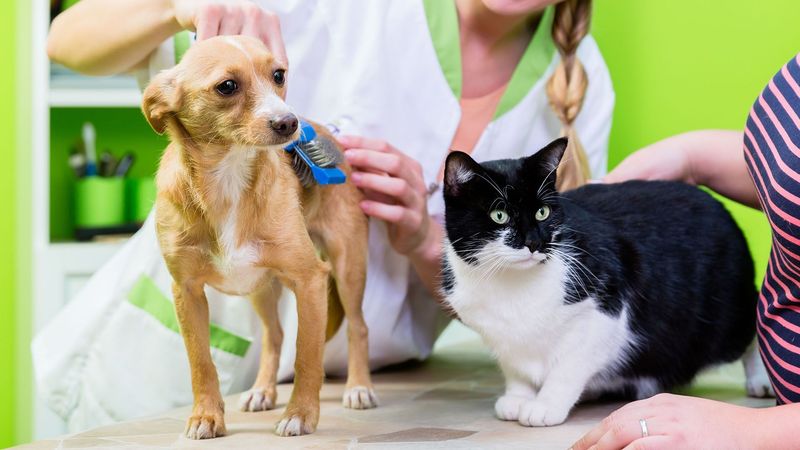
Grooming can become overwhelming in a multi-pet household. Visualize a bathroom scene with a person bathing a large dog while a cat observes from a safe distance.
Each pet requires different grooming needs, from brushing to bathing. Neglecting these can lead to health issues like matted fur or skin infections.
Creating a grooming schedule tailored to each pet ensures they remain clean and healthy. Investing in proper tools and professional grooming services when needed can alleviate the burden and maintain pet well-being.

